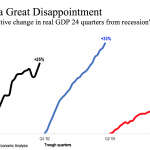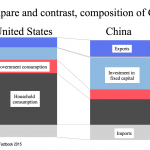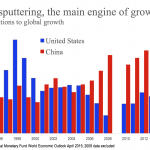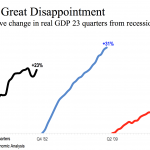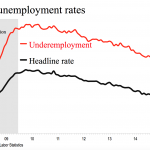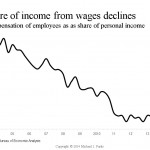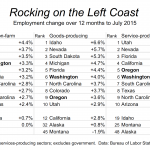
Employment has been growing faster than average in the recent past on the West Coast generally and in the Pacific Northwest states in particular. Among the states I follow as a regional economist, Montana and Alaska, both hit hard by the collapse of oil prices, rank well below aveage. The [continue reading . . . ]
